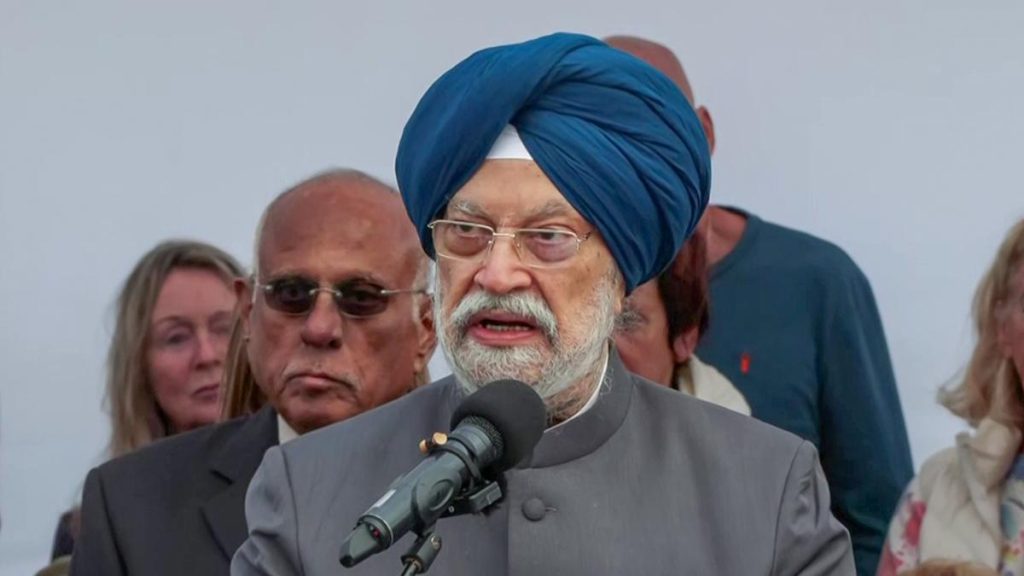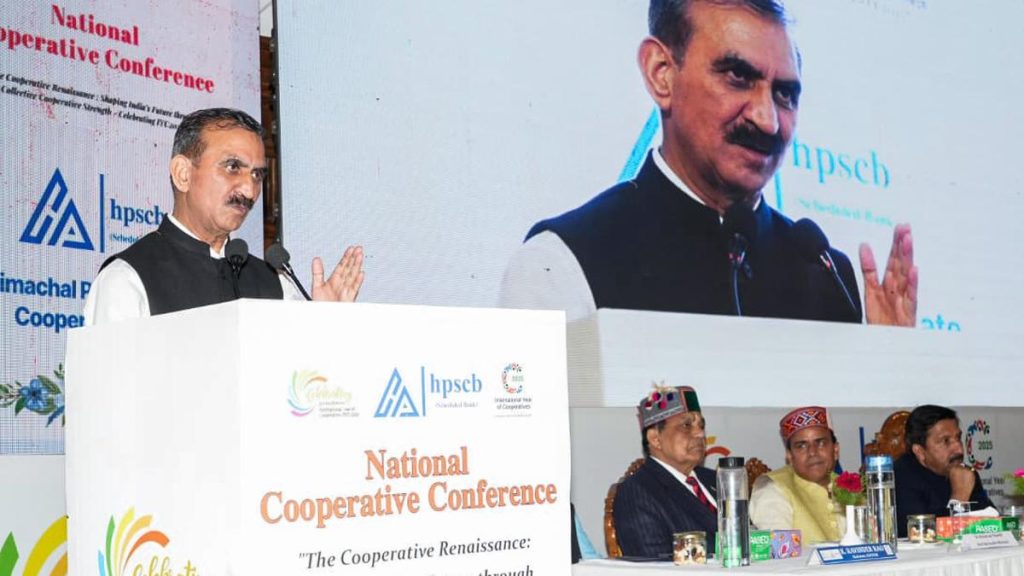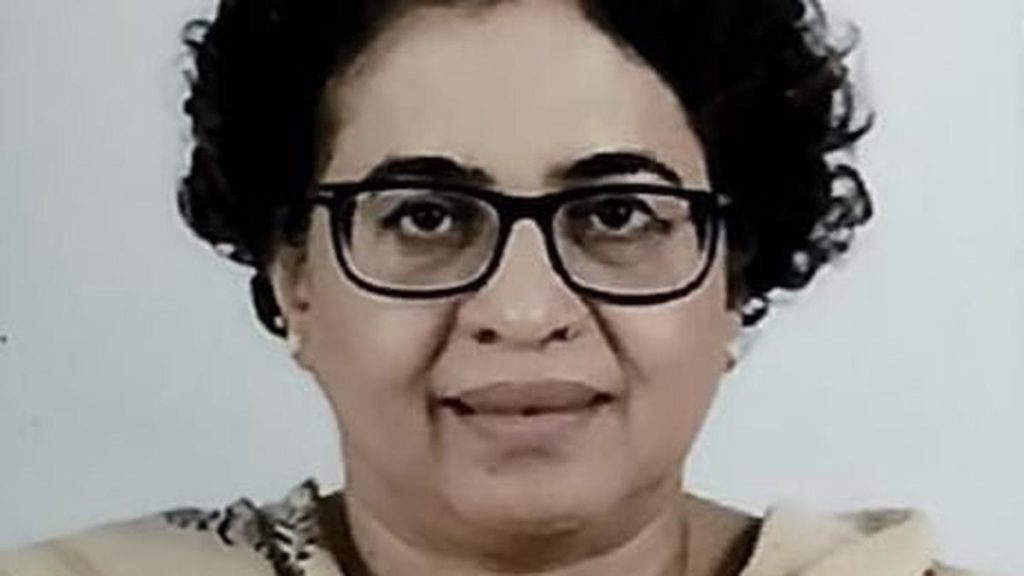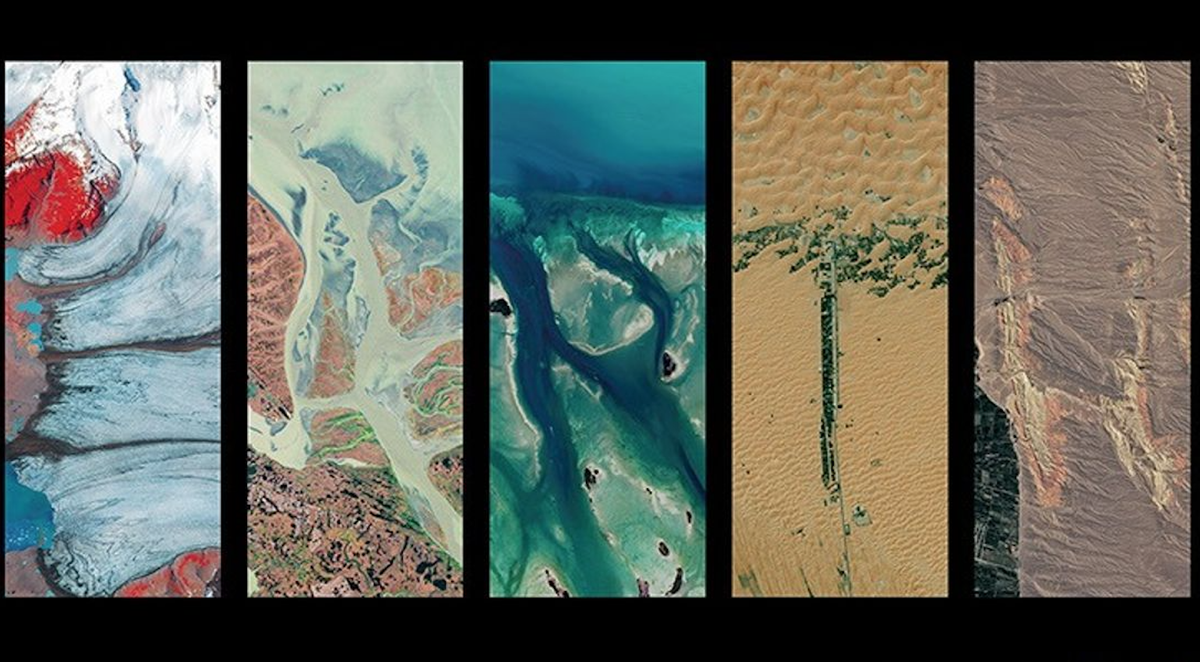Now Reading: Hubble Repairs: NASA’s Shuttle Missions Through the Years
-
01
Hubble Repairs: NASA’s Shuttle Missions Through the Years
Hubble Repairs: NASA’s Shuttle Missions Through the Years
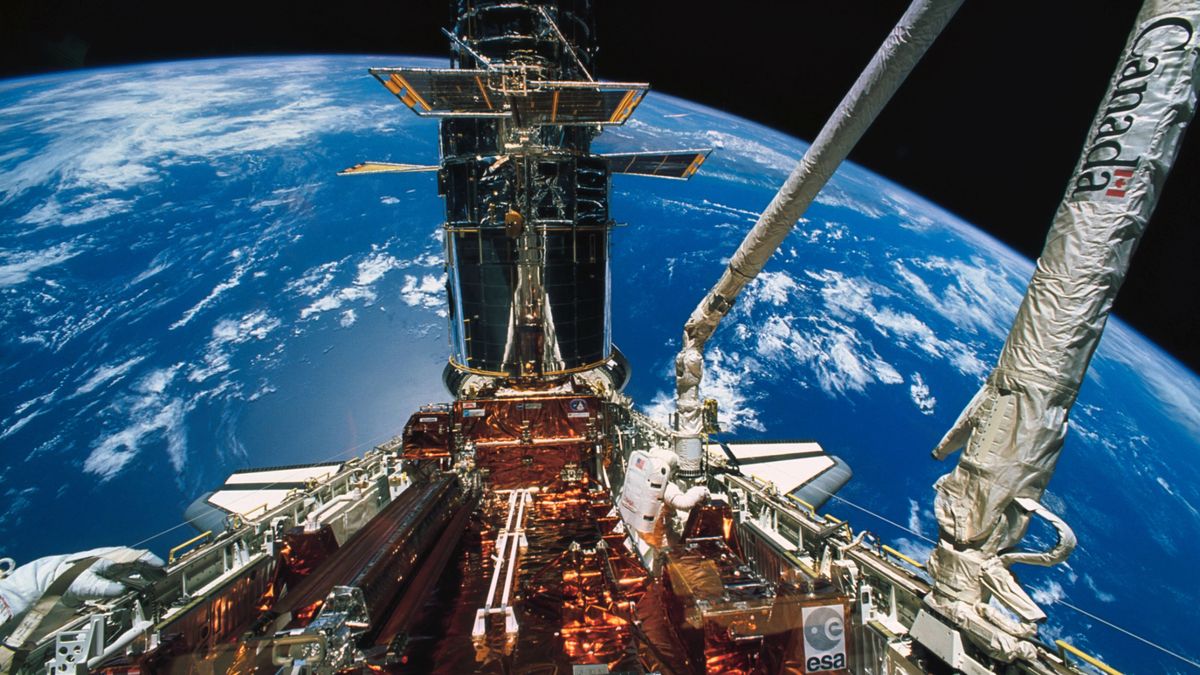
Swift Summary
- The Hubble Space Telescope,launched in 1990,is a pioneering scientific instrument that has been operational for over 30 years and has delivered nearly 250 terabytes of data.
- Hubble underwent five servicing missions via NASA’s space shuttles to upgrade and maintain its systems.key missions include:
– Servicing Mission 1 (1993): Corrected an optical defect using COSTAR optics and improved tracking capabilities.
– Servicing Mission 2 (1997): Boosted performance with new instruments expanding its observational capability into infrared wavelengths.
– Servicing Mission 3 (split into SM3A in 1999, SM3B in 2002): Addressed critical gyroscope failures while upgrading computing power and adding ACS imaging technology.
– Servicing Mission 4 (2009): Final mission added advanced equipment like the Cosmic Origins Spectrograph and Wide Field camera for extended longevity.
- Despite its increasing age,Hubble remains functional by operating on reduced gyroscopic modes. NASA hopes it will continue until the mid-2030s before burning up in earth’s atmosphere without further intervention.
!Image
Image credit: NASA
Indian opinion Analysis
The robust engineering behind the Hubble Space Telescope demonstrates humanity’s enduring quest for understanding the universe.For India, this serves as both an inspiration and a blueprint as ISRO continues advancing similar projects such as AstroSat-India’s first dedicated multi-wavelength observatory launched in 2015.
While AstroSat focuses more narrowly on UV observations alongside X-ray and optical detection systems,learning from global efforts like Hubble could inform India’s ambitions to create larger-scale space telescopes or collaborative platforms with other nations. Moreover, sustainable maintenance protocols designed for long-term orbital telescopic operations could be valuable knowledge-sharing fields between agencies.
Hubble’s legacy emphasizes the importance of persistence even amidst setbacks-its story suggests that initial challenges can yield massive successes through adaptive problem-solving strategies. With rising interest globally in exoplanet detection or deep-field cosmic studies among emerging powers including India, cooperative frameworks may strengthen future innovations benefiting all humanity.



